The Bermuda model: climate resilience born out of necessity
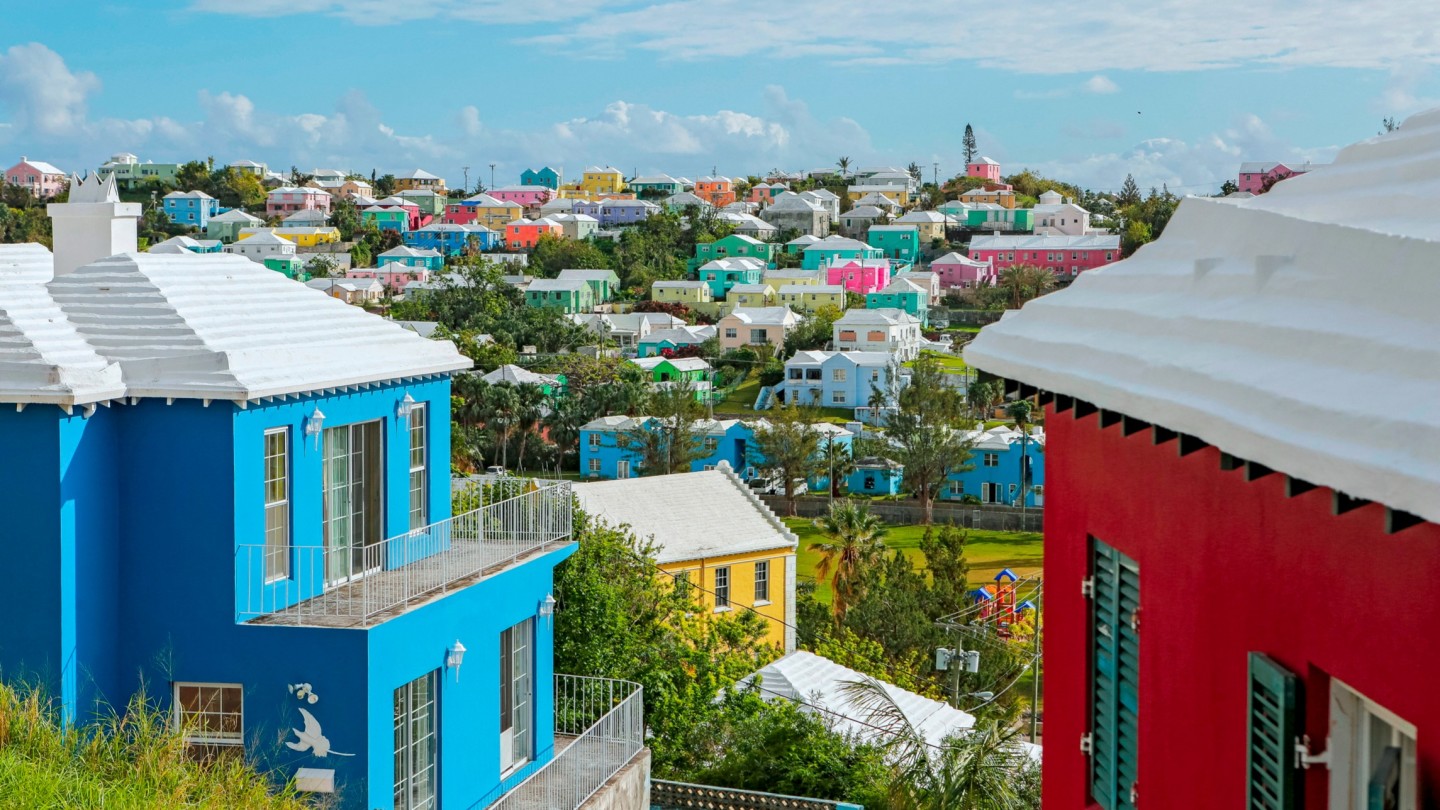
Simply sign up to the Climate change myFT Digest -- delivered directly to your inbox.
On top of a two-storey house, Deundé Cox meticulously applies white paint to the roof to seal it from the elements and help keep it cool in the summer — continuing a custom that has existed for hundreds of years on the subtropical island of Bermuda.
“It feels good to be a part of that tradition and to carry it on,” says Cox who, with his father, co-owns the decorating business Inside Out Painting which has been operating for more than two decades on the island.
For many tourists, the British Overseas Territory in the western north Atlantic Ocean — known for its pink sand beaches, luxury hotels, tax haven status, and role as a global insurance hub — is close to a vision of paradise.
However, due to climate change, Bermuda — which is home to about 64,000 people — faces rising sea levels, water insecurity and stronger, more frequent hurricanes, which threaten a fragile coastal marine environment and a way of life.
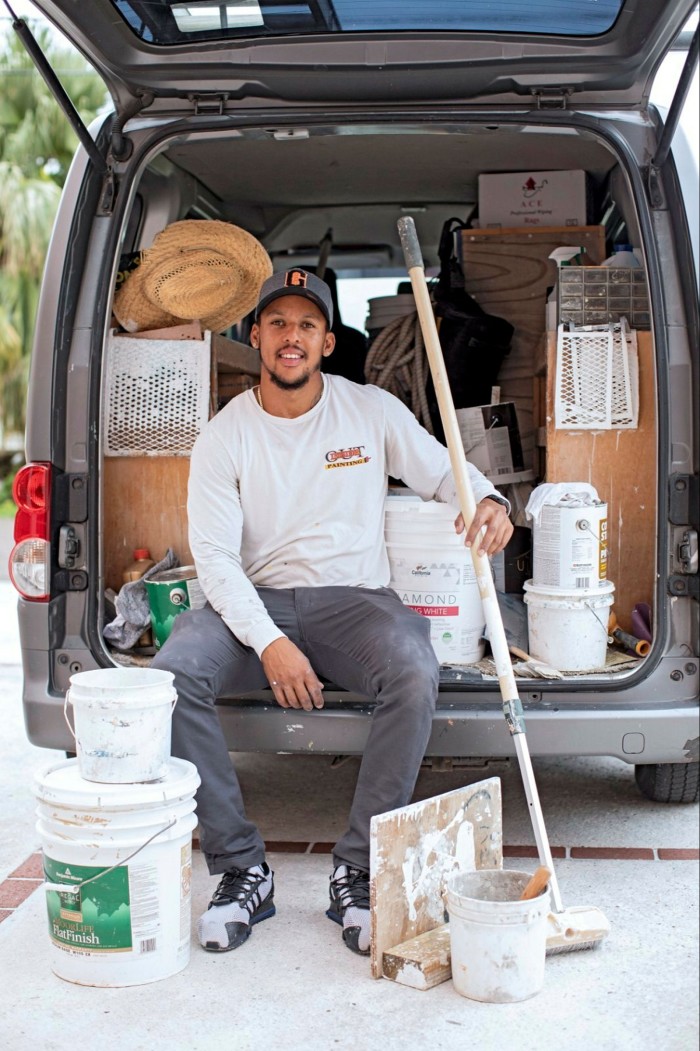
Most of Bermuda’s fresh water is locked underground in an aquifer, a layer of water-bearing rock sometimes referred to as a lens. So, for its domestic water supply, the archipelago has, for centuries, relied on rainwater.
The architectural design that helped make this viable was the distinctive Bermuda roof. To capture rainwater, early settlers built the roofs using tiles made of limestone quarried on the island, and stepped down in such a way to slow the flow into the gutters. Water would then stream into downpipes, to underground tanks.
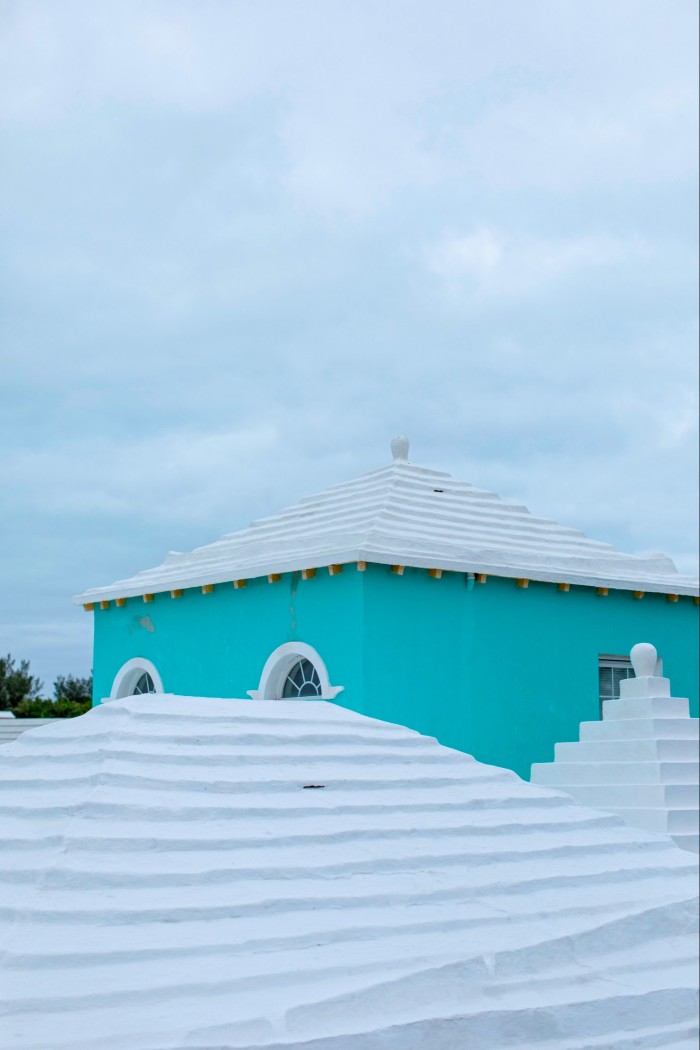
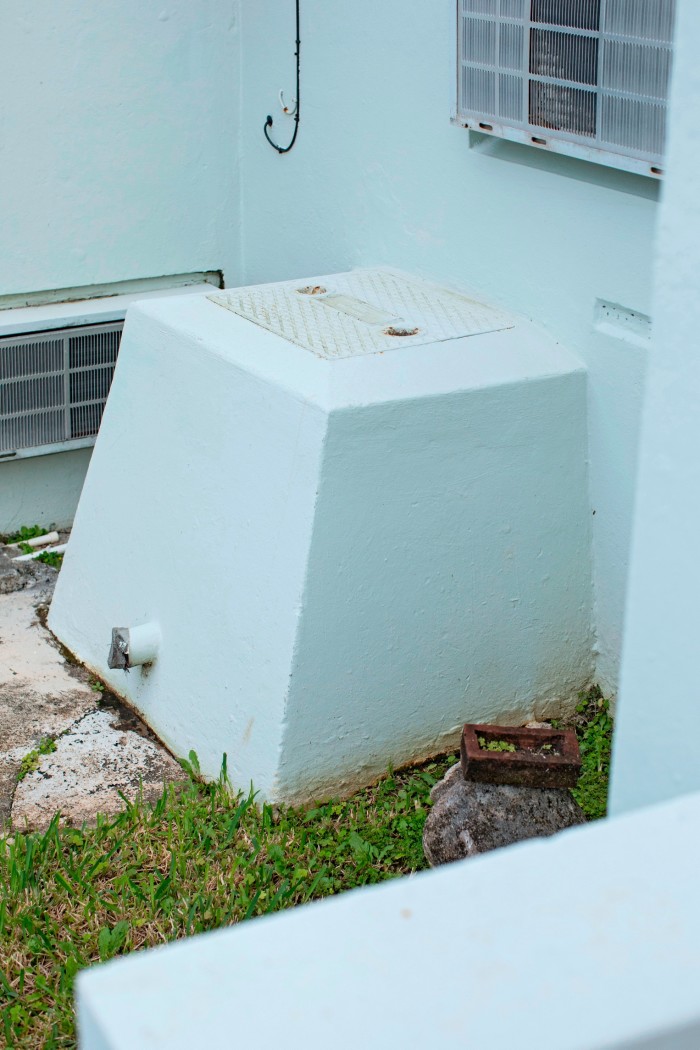
Today, many old houses still have original white stepped roof tiles and all buildings are designed to capture rainfall. The water is collected and stored in large cisterns beneath houses, hotels and offices before being pumped back up.
Other small, but more populous, island nations — particularly in the Caribbean — are now facing similar water security challenges.
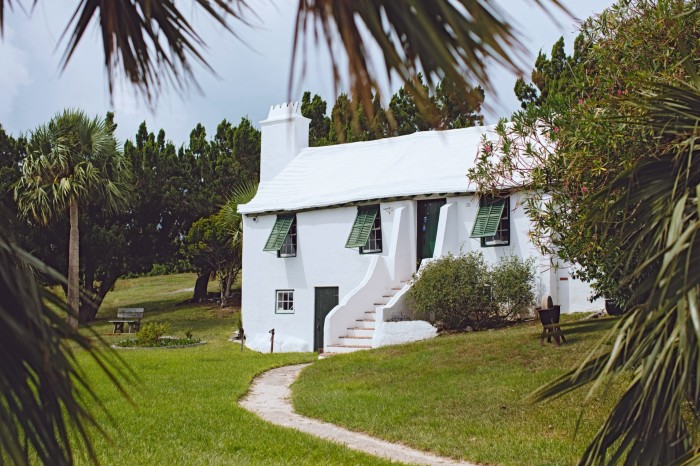
“Freshwater systems on small islands are exposed to dynamic climate impacts and are among the most threatened on the planet,” explains Adelle Thomas, senior fellow at the University of Bahamas.
“Increasing trends in drought are apparent in the Caribbean due to climate change,” she says. “Rainwater harvesting is one such adaptation strategy to address water insecurity as a result of climate change.”
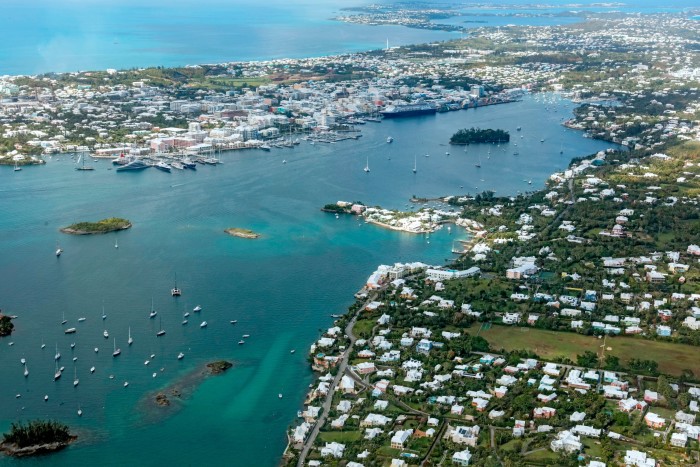
Alyssa-Amor Gibbons, an architectural designer and sustainability consultant at Spinnaker Group in Barbados, says she does not see why a Bermuda-style roof would not work more widely in similar places such as in the Caribbean.
“You can see something working well and you understand the concept behind it, but then it somehow hasn’t [translated] across to somewhere else,” she says. “It’s probably a cultural thing.”

David Smith, managing director at Smith Warner International, an engineering consultancy based in Jamaica, agrees. “There is widescale societal acceptance [in Bermuda] that this is the design that should be used,” he says, adding that he was impressed by the standardised roof design. “I’m from Jamaica, myself, and I don’t know if there would be such acceptance.”
The origins of the Bermuda roof derive from survivors of shipwrecks in the 17th century, says Michael Jarvis, professor at the University of Rochester in New York.
Waterproof tanks made with lime, brick dust and oil were probably fed by gutters from nearby thatch or shingle roofs dating back to the 1610s, he says. “The technique is as old as Bermuda’s settlement itself and was vital for making it a viable colony.”
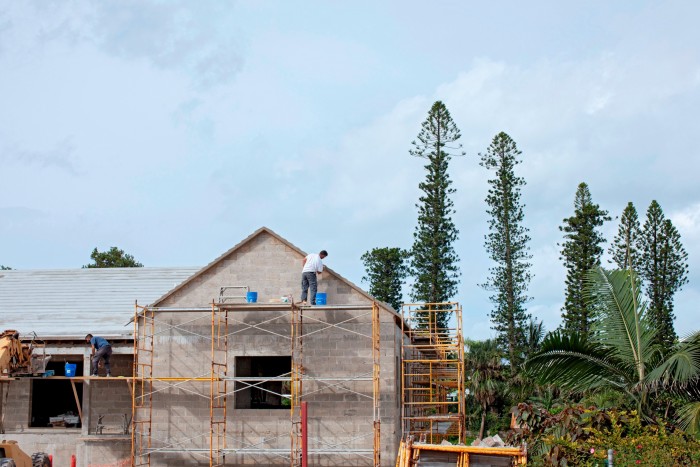
Most roofs are now made from synthetic components and a mixture of cement and foam materials, which have replaced the original tiles, says Jonathan Gray, founder and president of roofers JW Gray, based near Hamilton, the island’s capital.
“In Bermuda, you cannot put a roof on a building, whether it’s commercial or residential, unless it’s approved for potable water catchment,” he says. “It’s a necessity.”
However, with the hundreds of thousands of tourists that visit each year, capturing rainfall no longer meets the island’s needs. To cope with extra demand, the government provides water from six desalination plants which produce about 200mn gallons annually.
The strength of the roofs as well as their aesthetic properties are among the reasons why Bermudian Guilden Gilbert, president of building company The Bermuda Roof, began importing the style to the Bahamas in 2005.
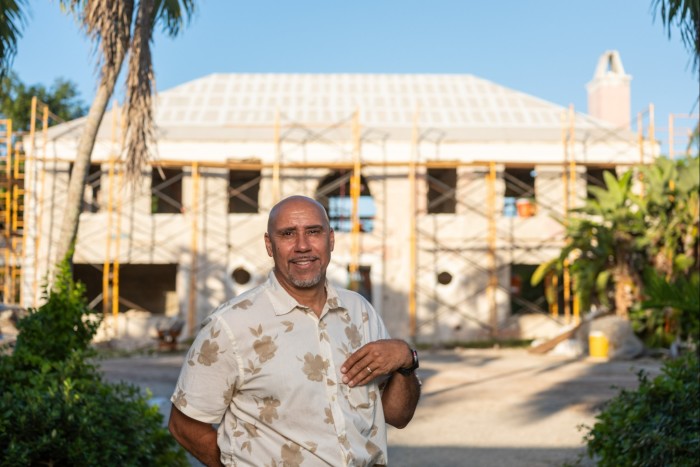
“Once I moved here, and saw the roof damage from some of the storms, I started to think about the quality of the Bermuda roof,” Gilbert says.
When category 5 Hurricane Irma came through Turks and Caicos in 2017, Gilbert’s roofs stayed on while many around were blown off. His roofs do not come with the water catchment fixtures, though. He says building a cistern in the Bahamas would be challenging because the water lens is too close to the surface. “It’s easier to build a well for water than it is to build a [cistern],” he says, adding that the government supplies potable water throughout the country at relatively low cost.
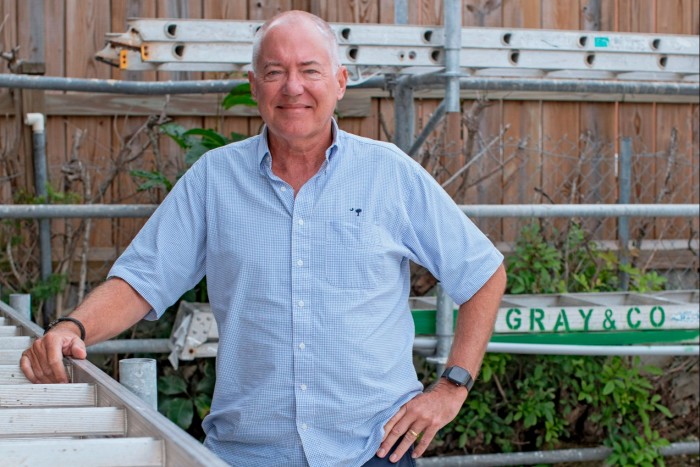
Price is one factor that could prohibit the adoption of the Bermuda roof elsewhere, notes Gray. In Bermuda, the average cost of the roofs is about $27 per square foot. In the Caribbean, typical costs are more like $10 to 12 per sq ft for a covering such as asphalt shingles.
Still, Bermuda’s white roofs are “iconic”, Gray adds, and were “born out of necessity using local resources.
“In Bermuda, it just makes sense.”
This article is part of an FT special report on Managing Climate Change
Climate Capital

Where climate change meets business, markets and politics. Explore the FT’s coverage here.
Are you curious about the FT’s environmental sustainability commitments? Find out more about our science-based targets here
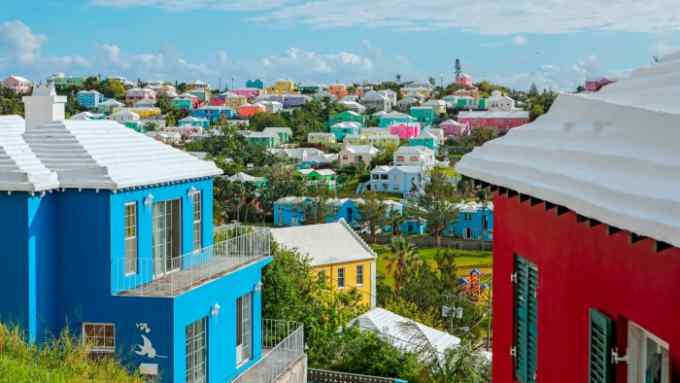
Comments